Who Controls the User Experience? AMD’s Carrizo Thoroughly Tested
by Ian Cutress on February 4, 2016 8:00 AM EST#4 The HP Pavilion 17z-g100 (Carrizo, A10-8700P)
Of the group, the HP Pavilion sits as the larger screen, medium range hardware component with a similar sort of finesse to the Elitebook, albeit at a much lower price point. This 17-inch model was certainly heavy, suggesting that it is more aimed at that desktop replacement or mobile office group of users who want a large screen, although this one was also a 1366x768 TN panel, which pushes down the sticker price.
| HP Pavilion 17z-g100 (Carrizo) Specifications | |
| Size and Resolution | 17-inch, 1366x768 TN with Touch |
| Processor | AMD A10-8700P Dual module, 4 threads 1.8 GHz Base Frequency 3.2 GHz Turbo Frequency |
| Graphics | Integrated R6 384 Shader Cores 800 MHz maximum frequency GCN 1.2 |
| TDP | 15W |
| Memory | 8 GB in Single Channel Operation 1 x 8GB at DDR3L-1600 C11 Dual Channel Capable |
| Storage | 1TB HGST HDD |
| Battery Size | 41.113 Wh 4 cell Li-Ion design |
| WiFi | Realtek RTL8723BE 802.11n 1x1 |
| Optical Drive | Yes |
| Dimensions | 16.49 x 11.29 x 1.12-inch |
| Weight | From 6.84 lbs |
| Webcam | 1280x720 |
| Ports | Memory Card Reader HDMI 2 x USB 3.0 + 1 x USB 2.0 10/100 Ethernet |
| Operating System | Windows 10 Home |
This unit was purchased especially for our testing (it turns out there’s a Best Buy around the corner from AMD HQ), and comes in low on the hardware all around. Aside from the screen, the A10-8700P processor comes mid-stack of the Carrizo parts, with a 1.8 GHz base and 3.2 GHz turbo frequency for the dual module/quad thread design. The integrated graphics rings in at 384 streaming processors, or 6 compute units, running at 720 MHz.
Memory and storage are at the base level, going for a single module of 8GB (meaning single-channel memory operation) and a 1TB HGST mechanical hard-drive. The Pavilion is dual channel capable though, which would be my first port of call for an upgrade. The Wi-Fi is also bargain basement, being a single stream 802.11n solution in the Realtek RTL8723BE.
There has to be some upsides to this, right? Assuming low power everything, low resolution display, large heavy design with a big battery? Our light battery life test clocked in at 5.43 hours, or 326 minutes, meaning that some of the hardware here is only here because it needs to hit a price point.
The Design
Aside from the specifications, the Pavilion has a good look to it.
Aside from the outside of the chassis at the top of the page, the insides give a near-complete keyboard with a number pad and a curved fold-in display latch that feels aesthetically pleasing to me. The keyboard has some quirks, namely the arrow keys are of different sizes and the lack of a quick access mute/airplane mode button. The trackpad is slightly offset to the left, and I didn’t actually hate the movement on this one. The wrist rest is smooth but plastic, the sort that leaves oils and grease from hands touching it.
The audio strip is a Bang & Olufsen design, with a power button on the left.
On the sides we get two USB 3.0 ports, a single USB 2.0 port, HDMI output, power/drive lights, a 3.5 mm headset jack, the exhaust vents, a full sized Ethernet port, a card reader, and the first laptop in this test with a DVD drive.
The vent on the side is the exhaust, and the intakes for the Pavilion are on the bottom, as shown above. As you might expect, there are a number of rubber feet on the bottom, including a single strip closed to the user, to help with stability, balance and grip.
Pavilion Specific Testing
On the display, the minute someone announces 13x7 TN it should fill most enthusiasts with dread. The lack of viewing angles was fairly obvious, but it wasn’t the worst display we tested from the set. Low brightness was at 0.624 nits while peak brightness was at 203 nits, giving a respectable 325 contrast ratio. The peak brightness is somewhat low, but that low peak brightness fits between the two Elitebooks.
For color reproducibility, both green and red have a good crack at it, with green doing better under 50% and red doing better over 50%. Blue undershot the whole range pretty much, as we saw on the other HP notebooks.
The processor page looks much like the others, with four processing threads and six graphics compute units.
On the integrated R6 graphics, this confirms the 384 streaming processors running at 720 MHz. An interesting element here is the memory bandwidth, showing 19.2 GB/s which is half-way between single channel and dual channel, which means the memory might speed up under load, or we have a wrong reading. Not sure on that one.
On the battery charge, the 41.1 Wh battery gave a 50% charge in 41 minutes, before hitting 98% charge in 96.


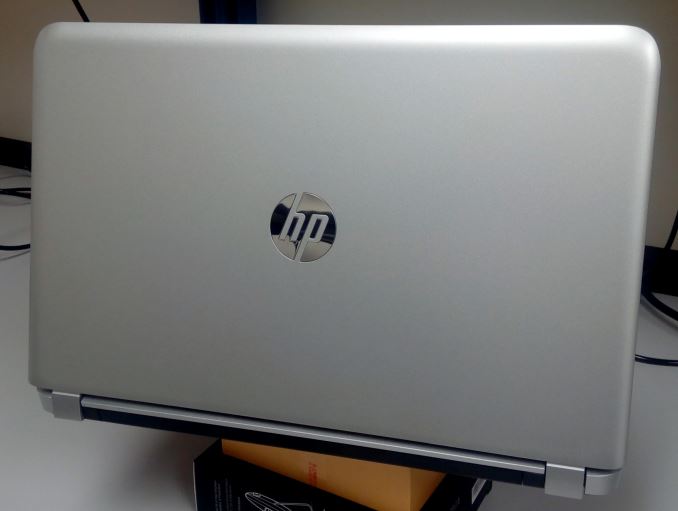






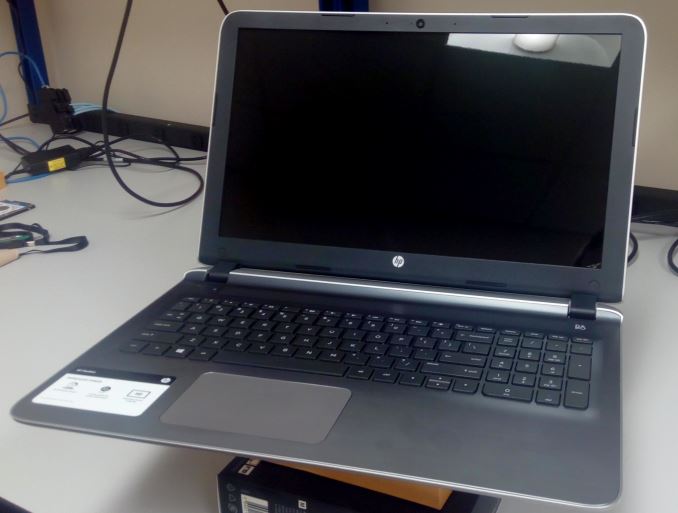
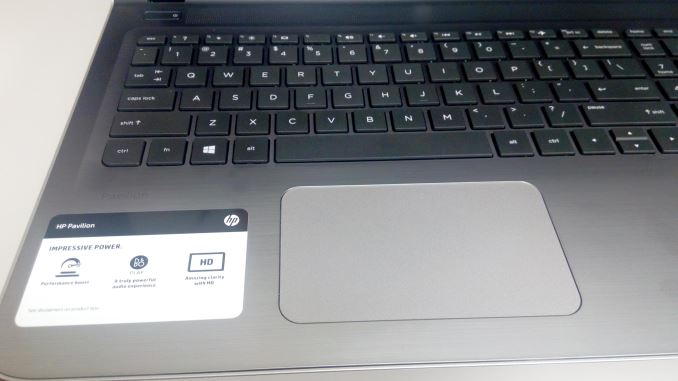
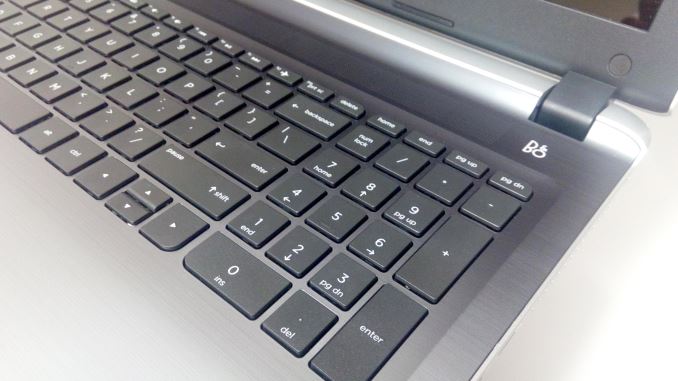


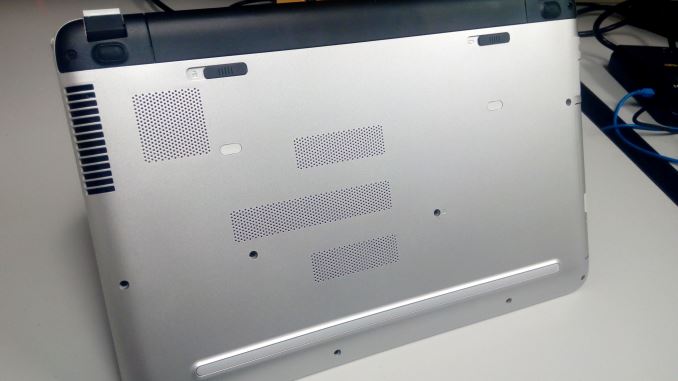
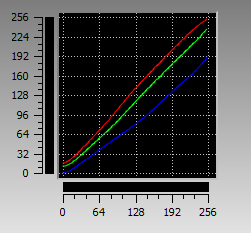

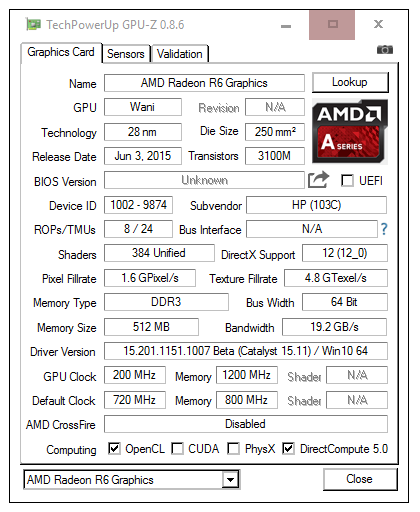
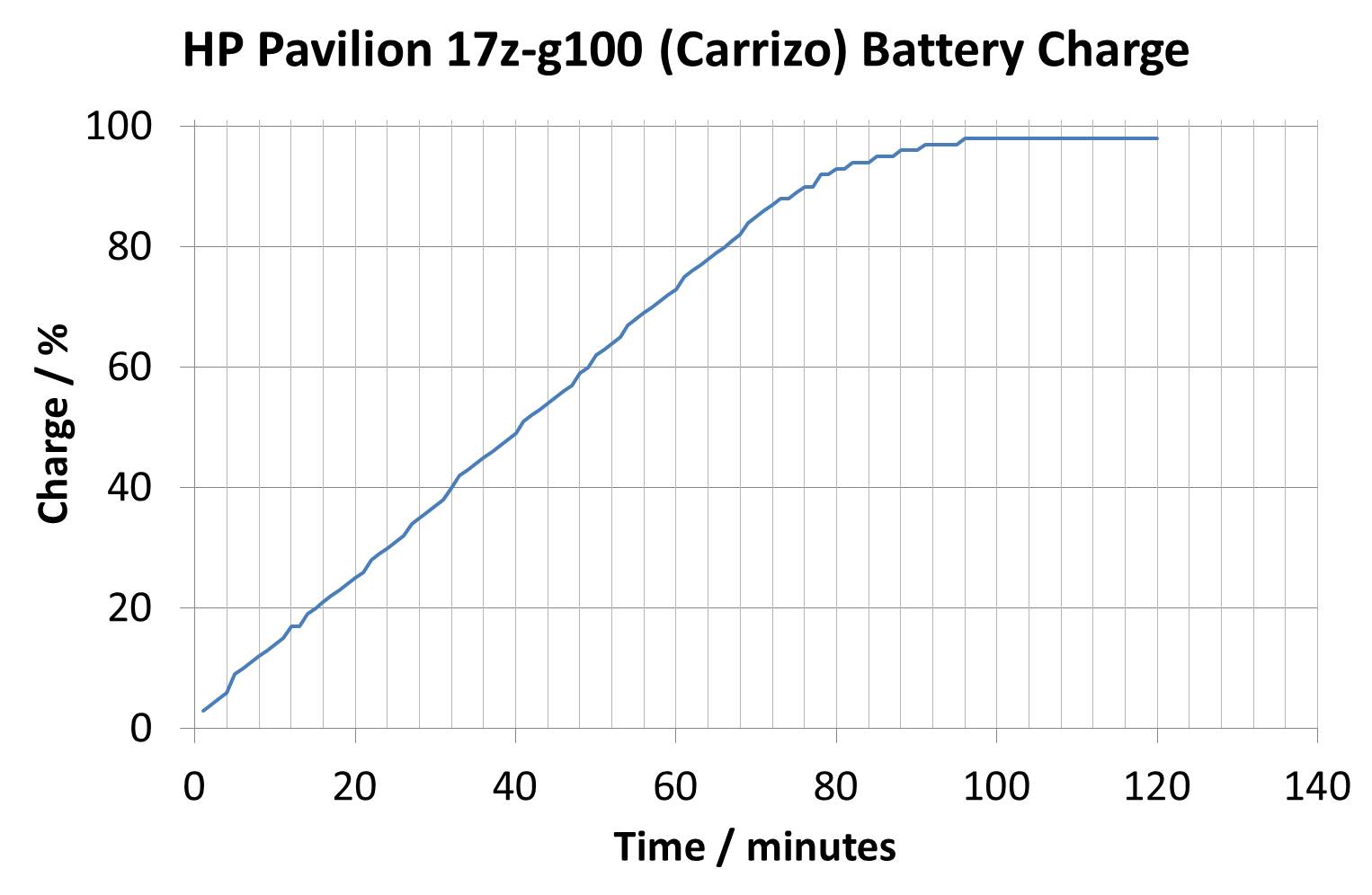








175 Comments
View All Comments
MonkeyPaw - Friday, February 5, 2016 - link
The cat cores exist to compete with Atom-level SOCs. Intel takes the Atom design from phones and tablets all the way up to Celeron and Pentium laptops. It makes some business sense due to low cost chips, but if the OEM puts them in a design and asks too much of the SOC, then there you have a bad experience. Such SOCs should not be found in anything bigger than a $300 11" notebook. For 13" and up, the bigger cores should be employed.michael2k - Friday, February 5, 2016 - link
The cat cores can't compete with Atom level SoC because they don't operate at low enough power levels (ie, 2W to 6W). The cat cores may have been designed to compete with Atom performance and Atom priced parts, but they were poorly suited for mobile designs at launch.Intel999 - Sunday, February 7, 2016 - link
AMD hasn't updated the cat cores in over three years! It is a dead channel to them. They had a bit of a problem competing in the tablet market against a competitor that was willing to dump over $4 billion pushing inferior bay trail chips. Take a plane to China and you can still find a lot of those Bay Trail chips sitting in warehouses as once users had the misfortune of using tablets being run by them the reviews destroyed any chance that those tablets ever had at being sales successes.AMD was forced to stop funding R&D on cat cores as they were in no position to be selling them at negative $5.
In the time that AMD has stopped development on the cat cores Intel has improved their low end offerings, but still not enough to compete with ARM offerings that have improved as well. And now tablets are dropping at similar rates to laptops so it is actually a good thing for AMD that they suspended research on the cat cores. Sorta dodged a bullet.
At least they still get decent volume out of them through Sony and Microsoft gaming platforms.
testbug00 - Friday, February 5, 2016 - link
If the cat cores didn't exist AMD likely would have died as we know it a few years ago.
BillyONeal - Friday, February 5, 2016 - link
The "cat cores" are why AMD is not yet bankrupt; it let them get design wins in the PS4 and XBox One which kept the company afloat.mrdude - Friday, February 5, 2016 - link
YoY Q4 earnings showed a 42% decline in revenue for computing and graphics with less than 2bn in revenue for full-year 2015 and $502m operating loss. You couldn't be more correct. The console wins aren't just keeping the company afloat, they practically define it entirely.Lolimaster - Friday, February 5, 2016 - link
In that case simply remove the OEM's altogether and sell it at AMD's store or selected physical/online stores.TheinsanegamerN - Thursday, February 11, 2016 - link
10/10 would pay for an "AMD" branded laptop that does APUs correctly.Hrobertgar - Friday, February 5, 2016 - link
Since you are talking about use experience, AMD is not the only company with a bad user experience. I purchased an Alienware 15" R2 laptop on cyber Monday and it is horrible, and support is horrible. I compare my user experience to a Commodore 64 using a Cassette drive - its that bad (I suspect you are old enough to appreciate cassette drives). It arrived in a non-bootable configuration. It cannot stream Netflix to my 2005 Sony over an HDMI cable unless I use Chrome - took Netflix help to solve that (I took a cell-phone pic of a single Edge browser straddling the two monitors - the native monitor half streaming video and the Sony half dark after passing over the hdmi cable. It only occurs with Netflix). On 50% of bootups it gives me a memory change error despite even the battery being screwed in. On 10% of bootups it fails to recognize the HDD. Once it refused to shutdown and required holding the power button for 10 secs. Lately it claims the power brick is incompatible on about 10% of bootups. Yes, I downloaded all latest drives, bios, chipset, etc. Customer Service has hanged up on me once, deleted my review once, and repeatedly asked for my service tag after I already gave it to them. Some of the Netflix issue is probably Micorsoft's issue - certainly MS App was an epic fail, but much of even that must be Dell's issue. I realize it is probably difficult to spot many of these things given the timeframe of the testing you do, and the Netflix issue in particular is bizarre. I am starting to think a Lenovo might not be so bad.tynopik - Friday, February 5, 2016 - link
"put of their hands"